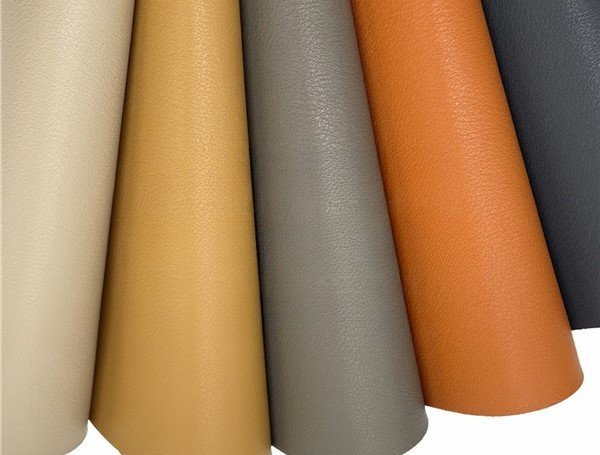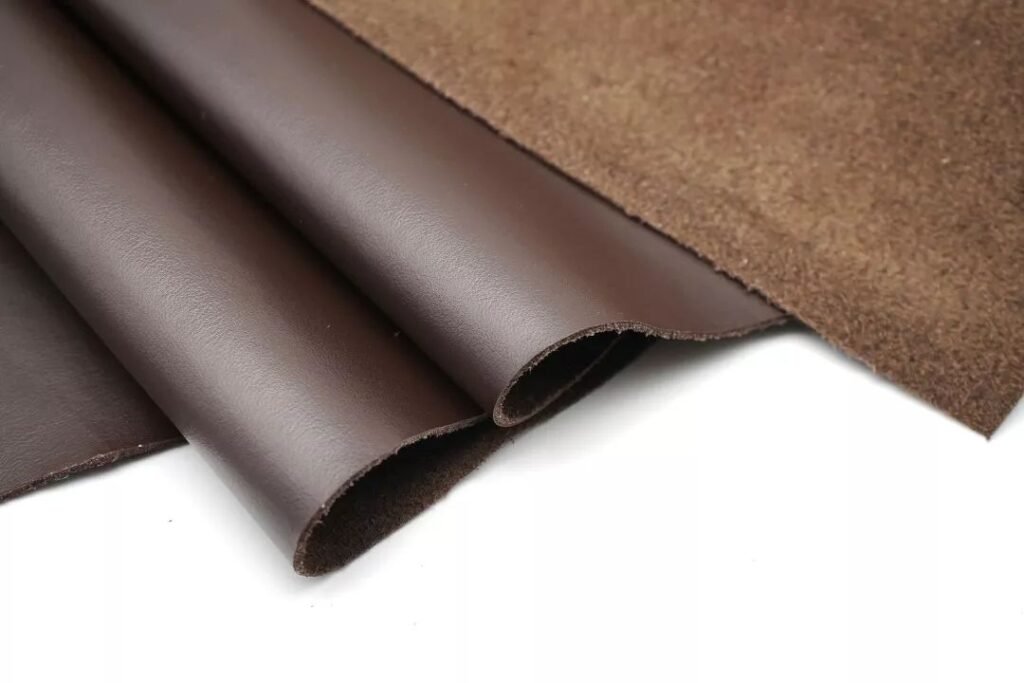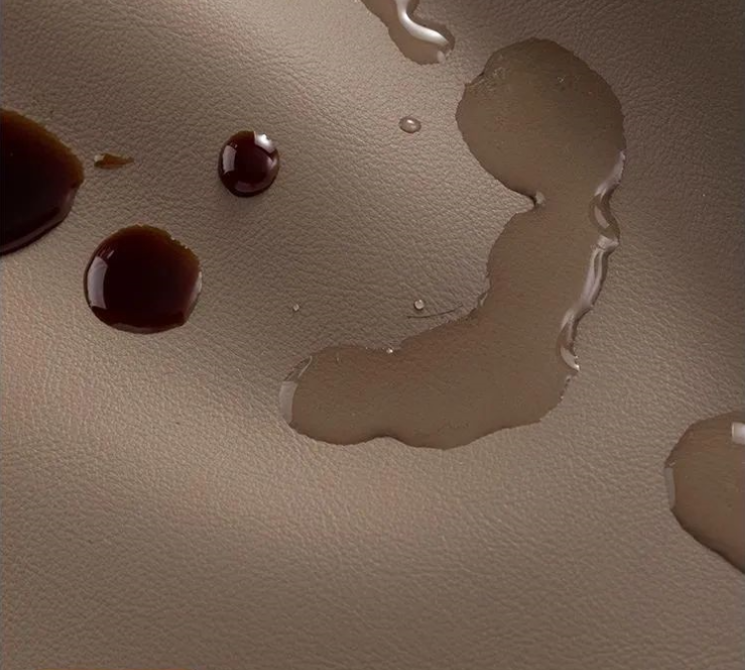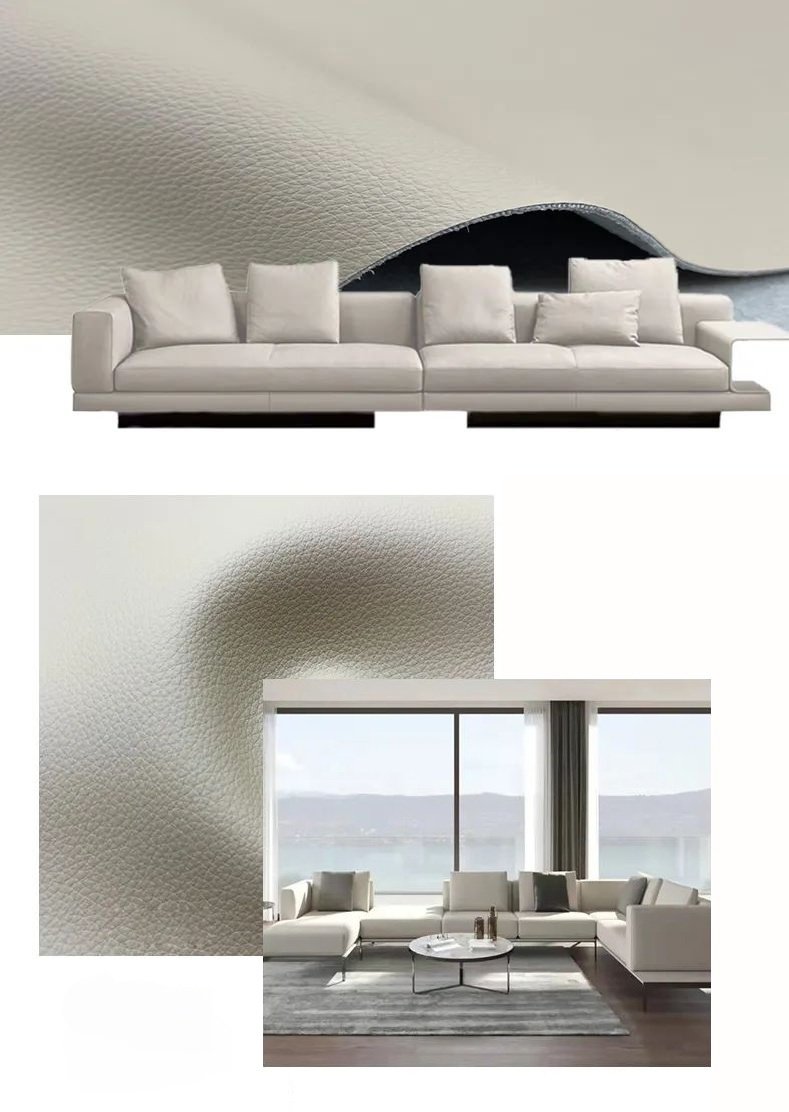In the dynamic realms of fashion and upholstery, the choice between artificial and real leather continues to spark lively discussions.
Both consumers and manufacturers face a challenging decision, weighing the distinct benefits and drawbacks of each material.
Artificial leather, praised for its affordability and ethical production, appeals to those seeking a cost-effective and cruelty-free alternative. On the other hand, real leather is renowned for its durability, rich texture, and traditional appeal, often seen as a premium choice.
This comprehensive guide aims to explore these contrasting materials in depth, offering a detailed comparison of their properties, from environmental impact to aesthetic and functional aspects. It serves as an invaluable resource for anyone contemplating between artificial and real leather, providing the necessary insights to make an informed decision for their upcoming purchases or design projects.
The guide not only addresses practical considerations but also delves into the ethical and environmental implications of each choice, assisting in navigating this complex yet crucial decision-making process.

The history and production of both artificial and real leather reveal a fascinating journey through innovation and tradition.
Artificial Leather
Artificial leather, a man-made material designed to replicate the qualities of real leather, has a relatively modern origin. Its development dates back to the early 20th century, primarily as a response to the demand for more affordable and accessible alternatives to genuine leather.
Over the years, artificial leather has evolved significantly, both in terms of quality and the variety of materials used. Initially, it was primarily made from PVC (Polyvinyl Chloride) and PU (Polyurethane), which are still widely used due to their flexibility and resemblance to real leather.
More recently, there has been a shift towards more eco-friendly options, with the introduction of bio-based materials in the production of artificial leather. These advancements have allowed artificial leather to not only mimic the aesthetic qualities of real leather but also improve upon them, offering greater versatility and ethical production methods.

Real Leather
The history of real leather stretches back thousands of years, with its use deeply rooted in various cultures and traditions. The traditional process of making real leather involves tanning animal hides, a method that has been refined over centuries.
Historically, tanning was performed using natural methods and materials, such as tree bark and other plant-based tannins. Over time, modern tanning methods have developed, incorporating a range of techniques and materials, including mineral tanning and synthetic tanning agents.
These modern practices have streamlined the production process, making it more efficient while enhancing the quality, durability, and variety of finishes available in real leather.
Despite these advancements, many of the traditional aspects of leather production remain valued for their ability to produce leather of unparalleled richness and character.

Artificial leather, while offering an alternative to animal products, raises environmental concerns. Its production often involves significant emissions and high energy consumption, particularly in the manufacturing of PVC and PU-based materials. Additionally, the biodegradability of artificial leather is a significant issue, as many synthetic materials do not decompose easily, contributing to long-term environmental waste.
Conversely, real leather, sourced naturally from animal hides, carries its own environmental impact. The tanning process, crucial for converting hides into durable leather, often involves chemicals that can be harmful if not managed properly. This process can lead to water pollution and toxic waste if sustainable practices are not followed. Moreover, the debate over the ethical sourcing of animal hides adds another layer to the environmental considerations of real leather.
Environmental Impact
Artificial leather, while offering an alternative to animal products, raises environmental concerns. Its production often involves significant emissions and high energy consumption, particularly in the manufacturing of PVC and PU-based materials. Additionally, the biodegradability of artificial leather is a significant issue, as many synthetic materials do not decompose easily, contributing to long-term environmental waste.
Conversely, real leather, sourced naturally from animal hides, carries its own environmental impact. The tanning process, crucial for converting hides into durable leather, often involves chemicals that can be harmful if not managed properly. This process can lead to water pollution and toxic waste if sustainable practices are not followed. Moreover, the debate over the ethical sourcing of animal hides adds another layer to the environmental considerations of real leather.
Durability and Maintenance
Durability and maintenance are key factors differentiating artificial and real leather. Real leather is renowned for its longevity and ability to withstand various conditions. Over time, it often develops a patina, adding to its aesthetic appeal. However, it requires regular maintenance to prevent drying and cracking, including conditioning and careful cleaning. Exposure to extreme conditions, like excessive moisture or heat, can accelerate its wear.
Artificial leather, in contrast, varies in durability depending on its composition. PVC and PU leathers generally resist wear, tear, and moisture better than real leather, making them suitable for more demanding environments. However, they can crack or peel over time, especially under intense use. Maintenance-wise, artificial leather is less demanding. It typically requires only regular wiping and is less sensitive to spills and stains. Its ease of care and resistance to certain types of damage make it an attractive option for high-use areas, though it lacks the natural aging qualities of real leather.

Aesthetics and Comfort
The aesthetic appeal and comfort of artificial and real leather significantly differ, influenced by their unique textures and properties. Real leather is celebrated for its distinctive, natural look and feel. It boasts a rich, organic texture that is difficult to replicate fully.
On the other hand, artificial leather has made remarkable advancements in mimicking the appearance and texture of real leather. Modern manufacturing techniques have enabled artificial leather to closely resemble the surface grain and color variations of genuine leather.
However, it often lacks the same depth and warmth of real leather. In terms of comfort, artificial leather is less breathable, which can affect comfort during prolonged use. It’s typically firmer to the touch, although recent innovations have led to softer, more flexible artificial leathers that better approximate the feel of real leather.
Over time, real leather develops a unique patina, enhancing its beauty and giving each piece a one-of-a-kind character. Its tactile feel is also generally softer and more pliable, adapting to the user’s body and providing superior comfort.
Applications and Versatility
Both artificial and real leather find extensive use across various industries due to their distinct properties. In fashion, real leather is often preferred for high-end products due to its quality and luxurious feel, while artificial leather is used in more affordable and vegan-friendly options.
In furniture, artificial leather offers a durable, easy-to-clean choice, ideal for households with children or pets, whereas real leather is sought after for its elegance and comfort. Automotive interiors frequently use both, with artificial leather providing a cost-effective, durable alternative, and real leather being chosen for its premium look and feel.
Each material’s specific characteristics, such as durability, maintenance requirements, and aesthetic appeal, dictate their suitability for different applications, offering a range of choices to manufacturers and consumers.
Cost and Accessibility
Cost and accessibility vary significantly between artificial and real leather. Artificial leather generally offers a more cost-effective option, largely due to lower production costs and the availability of materials. Its price can vary based on the quality and type of synthetic material used, but it remains an accessible choice for consumers seeking a budget-friendly alternative to real leather.
In contrast, real leather typically comes at a higher cost, reflecting its natural sourcing, the complexity of the tanning process, and the craftsmanship involved in its production. Premium brands often use real leather for its luxurious appeal, further influencing its higher market price. While real leather is widely available, its cost can make it less accessible to budget-conscious consumers.

Ethical Considerations
Ethical considerations play a significant role in the choice between artificial and real leather. Real leather production often raises concerns regarding animal welfare, as it directly involves animal sourcing. The ethical implications of using animal products for fashion and upholstery are a key consideration for many consumers.
Conversely, while artificial leather avoids animal-based materials, its production can involve chemicals and processes that raise environmental and health concerns. The use of plastics and potentially harmful substances in some artificial leathers has led to questions about their sustainability and impact on the ecosystem.
Both materials, therefore, present ethical dilemmas, whether related to animal welfare or environmental stewardship, influencing consumer choices based on personal values and ethical priorities.
Conclusion
In conclusion, the choice between artificial and real leather is nuanced, each offering distinct advantages and challenges.
Real leather is prized for its natural aesthetics, durability, and traditional appeal but raises ethical concerns related to animal welfare.
Artificial leather, while more affordable and cruelty-free, can have environmental impacts due to its chemical processes.
The decision ultimately hinges on individual preferences, intended use, and personal values. Consumers must consider factors like cost, durability, ethical implications, and environmental impact.
By understanding the pros and cons of both materials, one can make an informed decision that aligns with their needs and values, ensuring a choice that is both practical and conscientious.
We invite you to explore our diverse collection of both artificial leather products, such as PU, EPU, PVC, Semi PU,Silicone Leather, Microfiber Leather, Saddle Leather and Eco Leather, each crafted to meet a range of needs and preferences.

Whether you’re seeking the luxury of real leather or the practicality and ethical assurance of artificial options, our selection has something for everyone.
If you’re uncertain about which material best suits your requirements, our expert team is here to help. We encourage you to reach out for personalized advice and more information, ensuring you make a choice that aligns with your style, needs, and values. Discover the perfect leather solution for you by visiting our website or contacting us directly.








